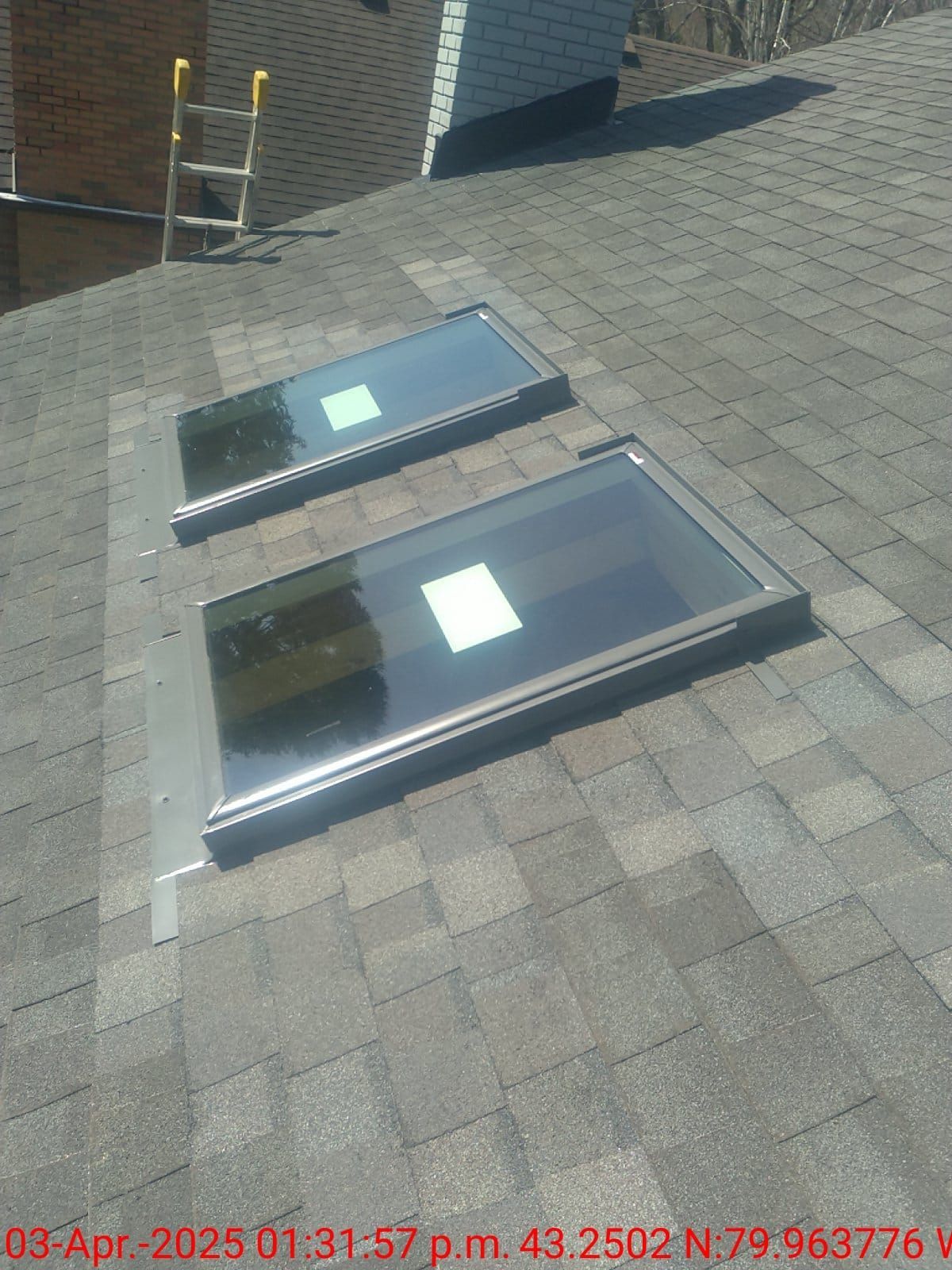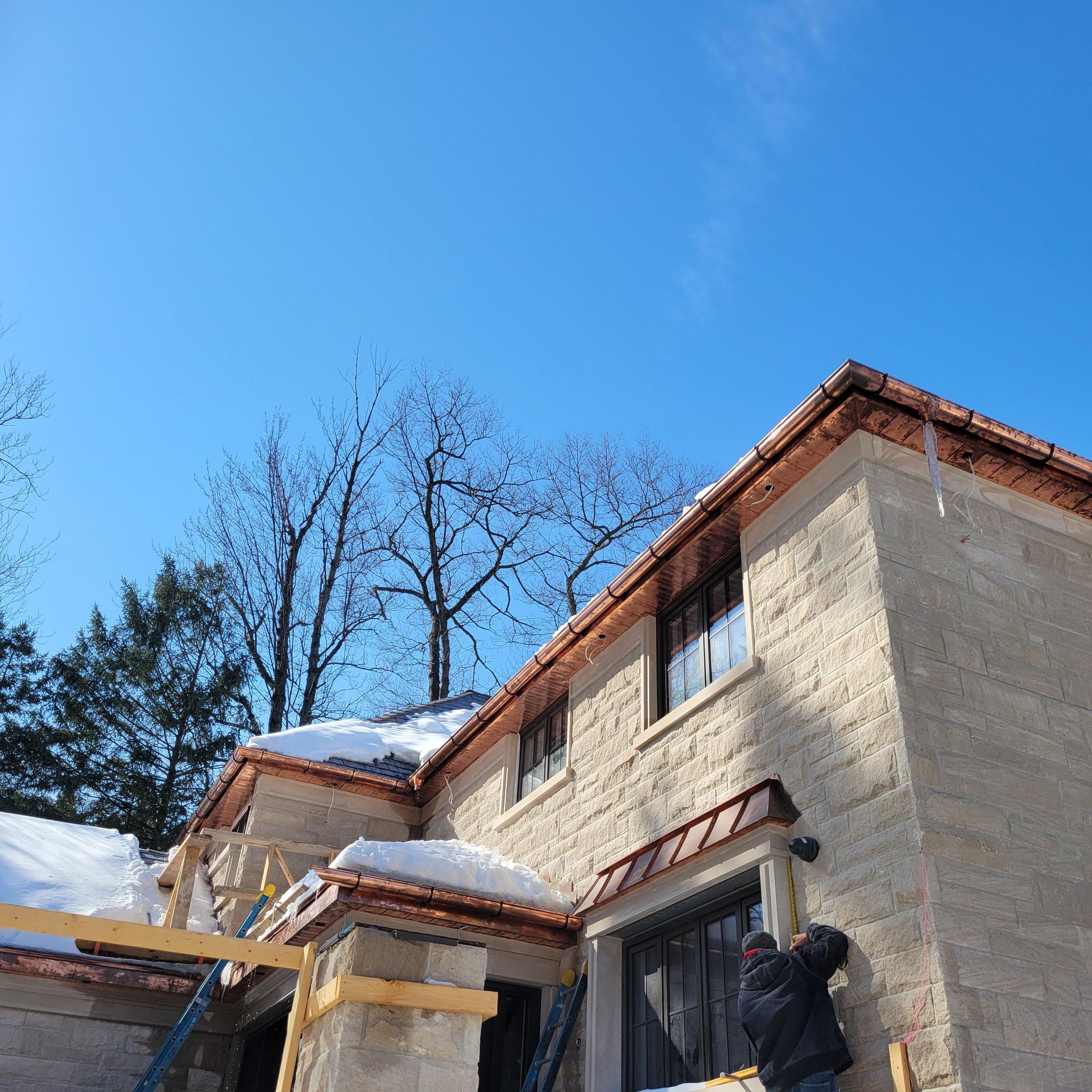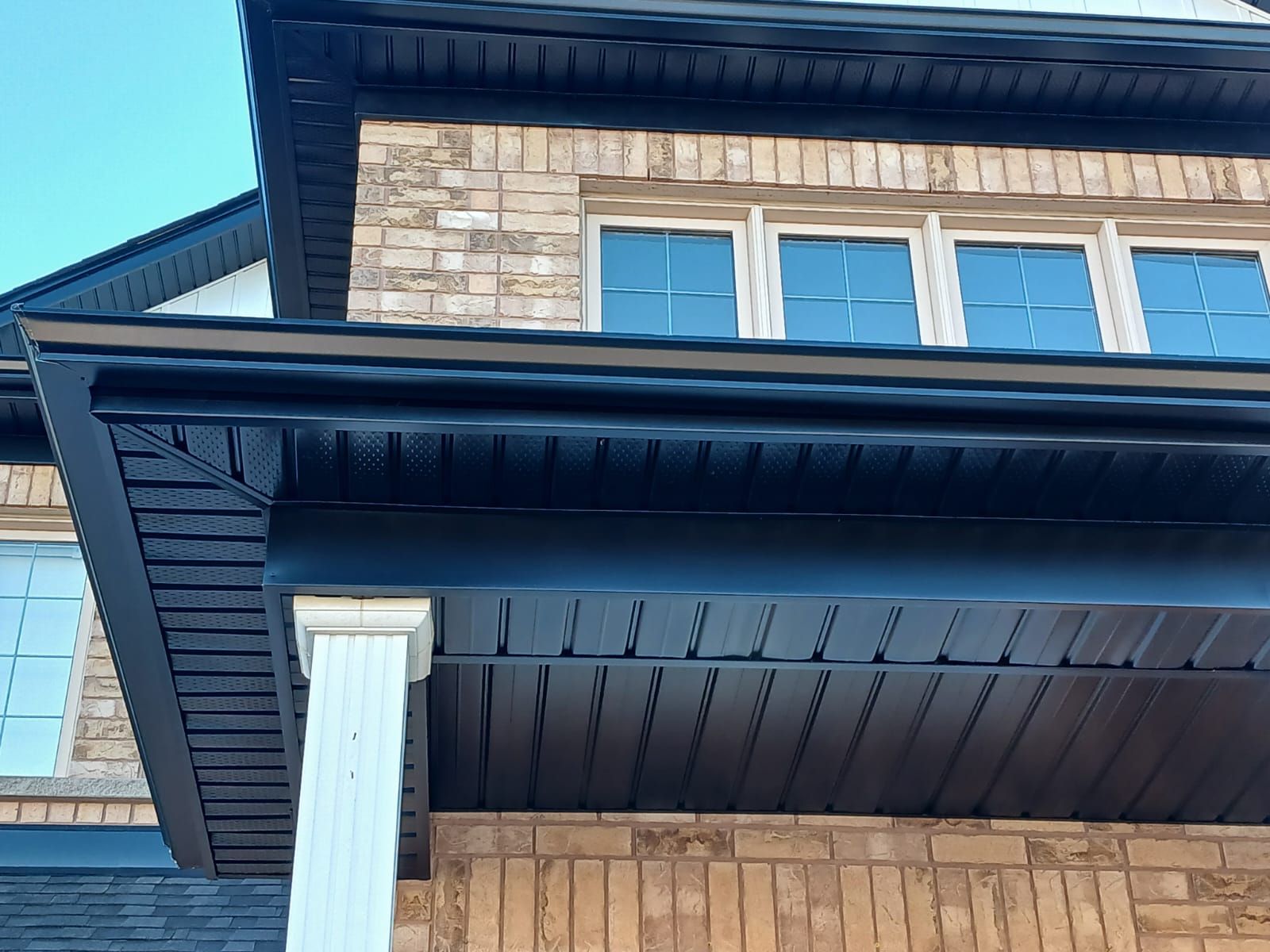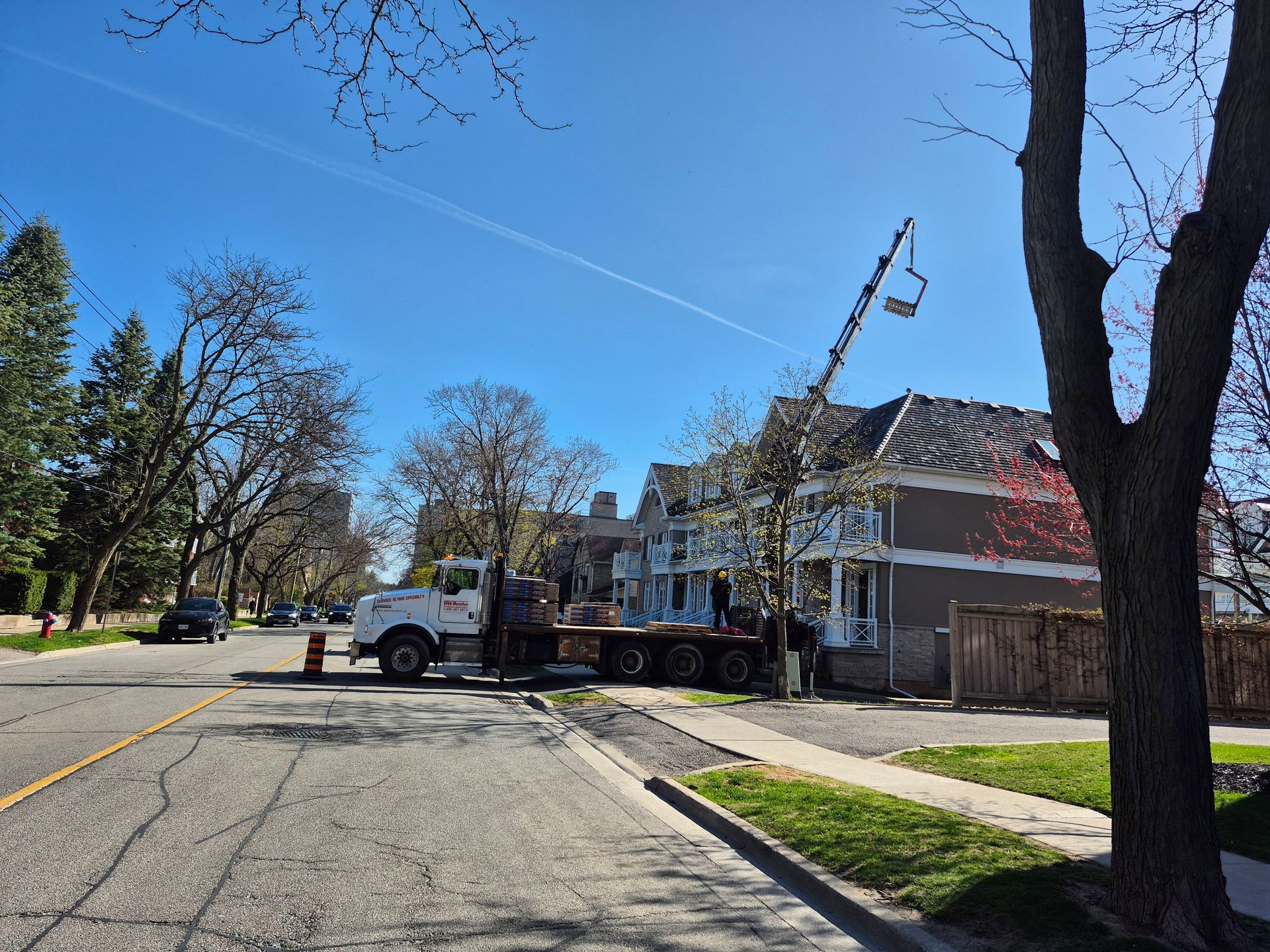Flat Roofing vs. Sloped Roofing: Which Is Best for Your Commercial Property?
Choosing the right roofing system for a commercial property is a crucial decision that impacts the building's functionality, aesthetics, and long-term costs. Whether you're constructing a new building or replacing an existing roof, understanding the differences between flat and sloped roofing will help you make an informed choice. In this post, we'll compare the benefits, costs, maintenance requirements, and longevity of both options to guide property owners in selecting the best roofing solution.
Understanding Flat Roofing
Flat roofs are a popular choice for commercial buildings due to their modern appearance and practicality. Unlike traditional sloped roofs, flat roofs have a minimal pitch, creating a level surface. This design offers several advantages for commercial properties.
Benefits of Flat Roofing
1. Cost-Effectiveness
Flat roofs are generally more affordable to install than sloped roofs. The materials and construction processes are less complex, resulting in lower initial costs.
2. Space Utilization
Flat roofs provide additional usable space for HVAC systems, solar panels, or even rooftop gardens. This can be a significant advantage for businesses looking to maximize their property’s utility.
3. Modern Aesthetic
The sleek, contemporary look of flat roofs complements modern architectural designs, making them a popular choice for new commercial buildings.
4. Easier Maintenance
Flat roofs are easier and safer to access for maintenance and repairs, reducing labor costs and time spent on upkeep.
Considerations for Flat Roofing
1. Drainage Challenges
Flat roofs require efficient drainage systems to prevent water pooling and leaks. Regular inspections and maintenance are essential to ensure proper drainage.
2. Shorter Lifespan
Flat roofs typically have a shorter lifespan than sloped roofs, often requiring replacement or significant repairs every 15-20 years.
3. Insulation Needs
Flat roofs may require additional insulation to maintain energy efficiency and prevent heat loss.
Understanding Sloped Roofing
Sloped roofs have been a traditional choice for both residential and commercial buildings. Their angled design offers distinct benefits and considerations for property owners.
Benefits of Sloped Roofing
1. Effective Water Drainage
The angled design of sloped roofs allows for efficient water runoff, reducing the risk of leaks and water damage.
2. Longevity
Sloped roofs generally have a longer lifespan, often lasting 25-50 years with proper maintenance. This makes them a durable option for long-term investment.
3. Energy Efficiency
The natural ventilation provided by sloped roofs can improve energy efficiency by allowing hot air to escape, reducing cooling costs.
4. Versatility in Design
Sloped roofs offer a variety of design options, from gable to hip roofs, allowing for customization to match the building’s architecture.
Considerations for Sloped Roofing
1. Higher Installation Costs
The complexity of sloped roof construction can result in higher initial costs compared to flat roofs.
2. Limited Usable Space
Sloped roofs do not provide additional usable space for equipment or leisure, which may be a drawback for some commercial properties.
3. Maintenance Complexity
Accessing sloped roofs for maintenance or repairs can be more challenging and costly due to safety concerns.
Choosing the Right Roofing for Your Commercial Building
When deciding between flat and sloped roofing, consider the following factors to determine the best fit for your commercial property:
1. Building Design and Purpose
Consider the architectural style and intended use of the building. Flat roofs may suit modern designs, while sloped roofs complement traditional aesthetics.
2. Budget Constraints
Evaluate your budget for both initial installation and long-term maintenance. Flat roofs may offer cost savings upfront, but sloped roofs could provide better value over time.
3. Climate and Weather Conditions
Consider the local climate and weather patterns. Sloped roofs are beneficial in areas with heavy rainfall or snow, while flat roofs may be suitable for drier regions.
4. Future Expansion Plans
If you plan to expand or modify the building in the future, consider how the roof design may impact those plans.
Integrating Flat and Sloped Roofing Solutions
In some cases, a combination of flat and sloped roofing can provide the best of both worlds. Hybrid roofing systems allow property owners to enjoy the benefits of each design while addressing specific needs and challenges.
Make the Right Choice with AAA Roofmasters
Choosing the right roofing system is a significant decision for any commercial property owner. At AAA Roofmasters, we offer expert advice and professional installation services for both flat and sloped roofing. Our experienced team will work with you to determine the best solution for your building’s needs and budget. Contact us today to schedule a consultation and ensure your property is protected with a high-quality roofing system.
Secure Your Investment with the Right Roof
The decision between flat and sloped roofing depends on various factors, including budget, building design, and climate. By understanding the benefits and considerations of each option, you can make an informed choice that meets your property’s needs. Trust AAA Roofmasters for all your commercial roofing needs and enjoy peace of mind knowing your investment is secure.













